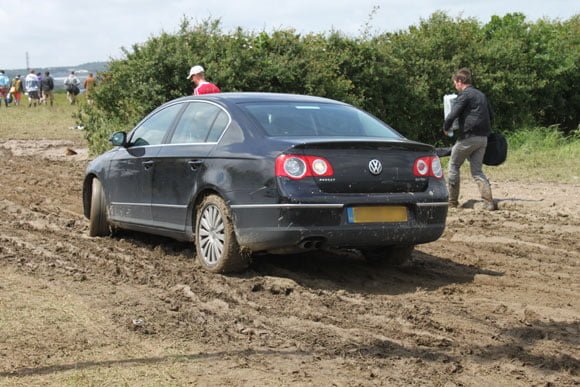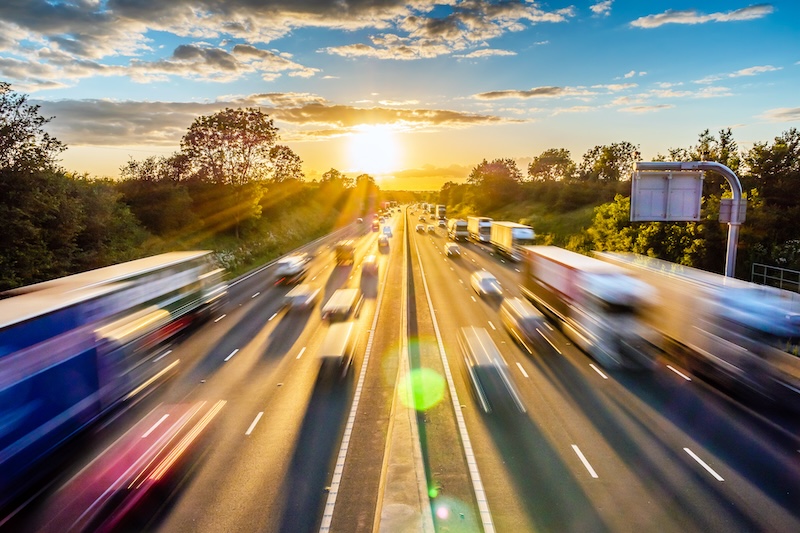Top tips for driving to a festival

The festival season is upon us, and if you’re lucky enough to be heading off to an event this summer, we hope the weather is kind for you.
If you’re planning to travel there by car, here are a few tips to ensure you make the most of the experience.
Before you set off
- Fill up your car with fuel before you go and again when the tank is around half-full. Many festivals are held in remote areas, so you don’t want to be caught short!
- Check that your oil, coolant and screen wash are all filled up
- Ensure your tyre pressures are at the recommended level and increase them for a heavy load if necessary. You can find the correct pressures you need in your car’s handbook
- If it rains then the car park might be a mud bath by the time you come to leave. Rubber mats or pieces of old carpet placed under the wheels will help traction, so put something suitable in the boot just in case
- If you can, go earlier to avoid the queues. It’ll be safer than leaving it to the last minute and risk missing the start
When you arrive
- Make sure your lights are switched off when you leave the car – the last thing you want is a flat battery when you’re trying to get home
- Close all windows and the sunroof in case it rains. You don’t want soggy seats on your drive home!
- It might sound obvious but remember to lock your car and remove all valuables
- Make a careful note of where you’ve parked. Look for landmarks that will help you find your car and maybe even attach a flag or similar to the roof or aerial
When you leave
- Don’t rush to leave as soon as the festival finishes as everyone else will be trying to do the same and you’ll end up sitting in endless queues in the car park
- Know your limits – make sure you’re fit to drive. The police have recently launched their summer anti-drink and drug drive campaign
- You’re unlikely to have slept much during the weekend so take special care on the way home and try and share the driving with others if possible. Just remember to check that they’re covered to drive your car
- Don’t drive for more than two hours without a break. Frequent short stops (of at least 20 minutes) are better than one long stop


